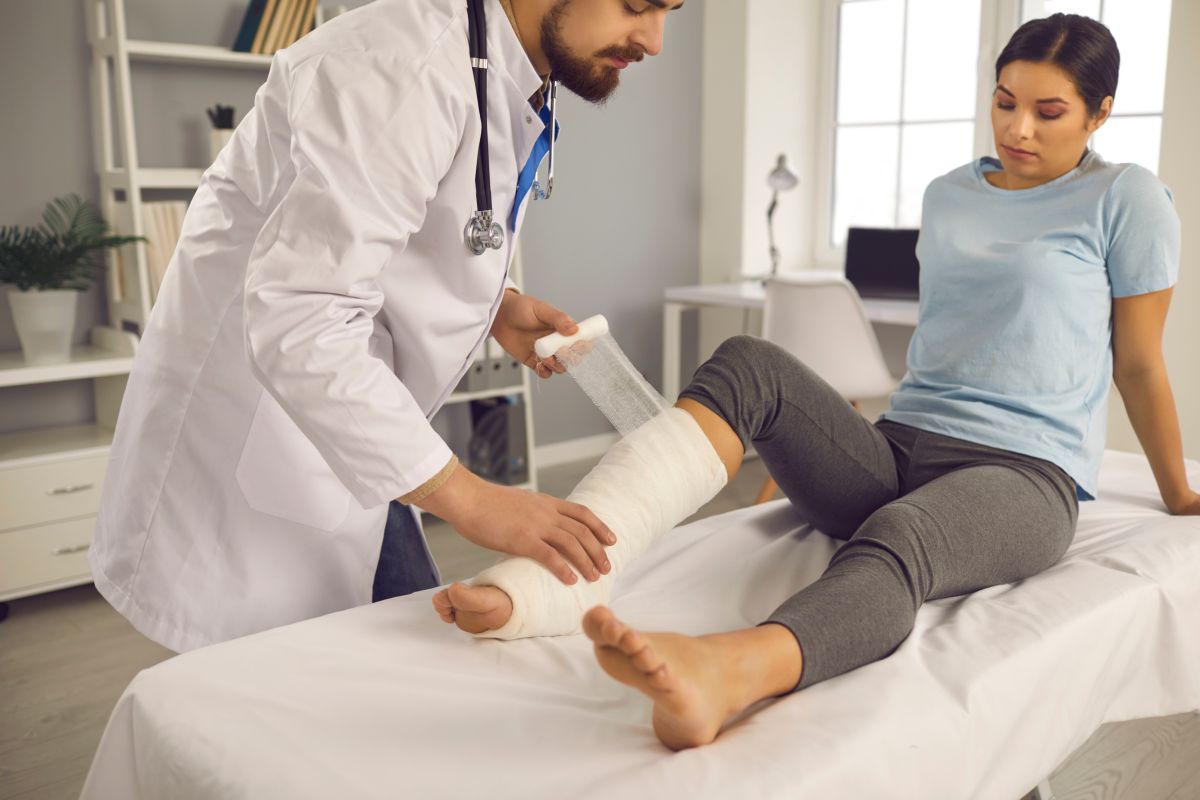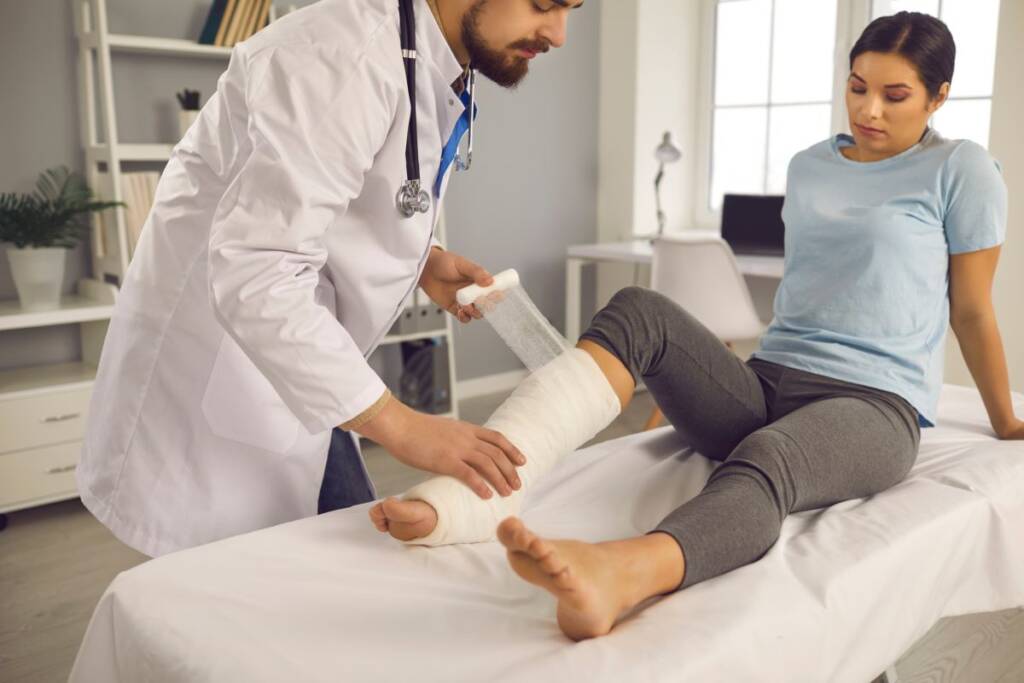Health
Displaced fracture: what are the symptoms and possible treatments

The displaced fracture is a problem that should never be taken superficially. Find out what are the symptoms and the most suitable treatments.
We speak of a displaced fracture when we are in front of two pieces of bone that are displaced and no longer in line. A problem that can vary in size based on how large the discontinuity of the bone segment is. In more serious cases, for example, we can speak of an open fracture as the part of the bone seems to protrude almost from the skin. Beyond the meanings, it is therefore a problem that it is important to recognize immediately in order to be able to cure it without getting worse.
Fracture: the symptoms to recognize
When faced with a bone fracture, the most common symptoms and which should act as alarm bells are acute pain, swelling of the part involved, the different shape assumed by the leg and the difficulty in resting the weight of the body on the fractured limb.

Both in the case of a compound and displaced fracture, the first thing to do is therefore to contact the doctor in order to receive a diagnosis and possible treatment. Care that, of course, will vary according to the extent of the problem. Even with a microfracture, the symptoms are the same. And even if the situation is less serious, it is always very important to pay maximum attention to it.
How to heal a fracture
In the event of a fracture or if a similar problem is suspected, it is essential to avoid moving the injured part. To do this, as with periostitis , it is therefore necessary not to move the limb in any way and go to the emergency room. Also in the event of an open fracture it is important to disinfect the area. Once at the doctor, tests such as an x-ray are likely to be done.
Once the exact extent of the problem is understood, the fracture will be reduced and the period of immobilization will vary according to the situation and physical condition of the person who suffered the damage. To heal it is necessary to form the so-called callus, which is why, in most cases, in addition to the reduction (which can also occur under anesthesia) it may be necessary to cast a plaster or the use of braces that vary according to the area that has fractured.
Riproduzione riservata © - WT











